AuSES Conference Best Papers: Wind Power
We have prepared list of solar-e.com’s own selection of ranked candidates for the best Wind Power papers presented at the
‘Solar 2010’ Conference: Policies and Strategies (including the Economics of solar energy, diversity of derived forms of solar energy, electricity grids and data collection)
The analysis and understanding the of more obscure fields of solar energy related technology and policy developments is obviously another critical step forward to applying more solar energy in our economy. this section will hopefully expand as more papers are delivered in the future.
Student Prizes – Wal Read Memorial Prizes
Post Graduates Prizes
BILBAO, Jose “PV-Thermal Water Systems as a Retrofit for Near Zero Energy Homes”
Winner $1500 AUD
BAMBROOK, Shelley ” Experimental PVT Air System for Dwellings”
Highly Commended $1000 AUD
LHENDUP, Tshewang “Simulation of a Ground-coupled Heat Pump Combined with Solar Collectors”
Commended $250 AUD
ELLISTON, Ben “Grid parity: A potential misleading concept?”
Commended $250 AUD
Undergraduates Prizes
BRAZIER, Thomas “Dependence of installed cost of a 1.5 kW rooftop PV system on module efficiency”
Joint Winner $1,000 AUD
BOEREMA, Nicholas “Economics of constraints on wind farms – SA”
Joint Winner $1,000 AUD
O’BRIEN, Paul “Exergetic analysis of a steam-flashing thermal storage system”
Joint Winner $1,000 AUD
Wind Power : Solar-e.com Director Garry Baverstock’s personal selection of the Best Papers
At the conference the papers were presented under a number of category headings such as Built Environment, Wind Power, Photovoltaics, Environmental Benefits, Solar Thermal and Economics. Following is our selection of the worthwhile papers and a ranking based on relevance to world situation on Climate Change, the impact on the increased use of solar energy and the quality of the research as presented in the paper.
The best papers, in our opinion, have been listed. This is our opinion, but we are interested in what the solar experts think and any comments are welcome. If we have overlooked a paper or you disagree with our assessment please feel free to offer your opinion. If bona fide it will be published.

A comment by Garry Baverstock, A.M. follows each heading.
1. Impacts of Distributed Wind Generation on Distribution Networks
N. K. Roy, H. R. Pota, M. A. Mahmud, and M. J. Hossain
Comment: Wind power needs this technical analysis for it to find its rightful place in the renewable energy mix in Australia.
2. The Economics of Transmission Constraints on Wind Farms – some evidence from South Australia
Nicholas Boerema1, Iain MacGill2
Comment: Good feed back about the effectiveness of wind farms in South Australia
A message from AuSES
People who were not delegates at Solar 2010 (or AuSES members) who would like to access this resource they can apply for access for an annual fee of $140 (ex GST). Please go to AuSES website.
Solar-e.com invites you to leave comments at the end of this article.
Experts who disagree with our rating and choices we invite you to make comment and if enough substance is shown we will reserve the right to change the ranking at anytime or keep the ranking the same.
solar-e.com related links:
http://solar-e.com/knowledge/2009/11/30/green-economics
http://solar-e.com/knowledge/2009/11/24/ethical-investment
http://solar-e.com/knowledge/2009/11/30/employment-opportunities
http://solar-e.com/knowledge/2009/11/30/wave-power
http://www.solartec.iinet.net.au/solare/innovation/strategiesindevelopingproducts.htm



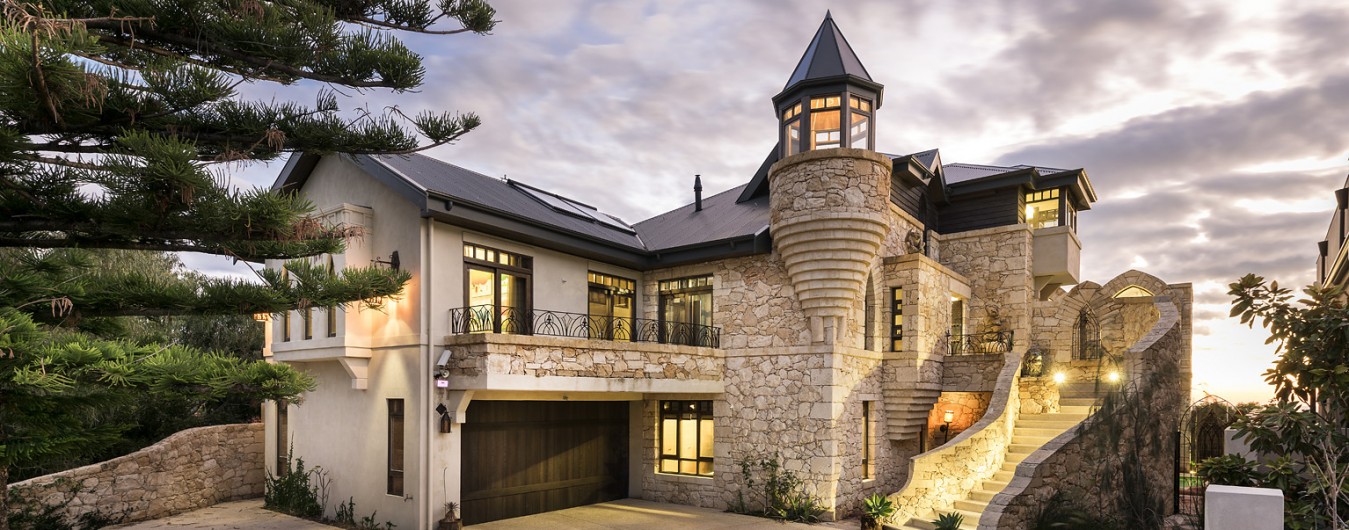
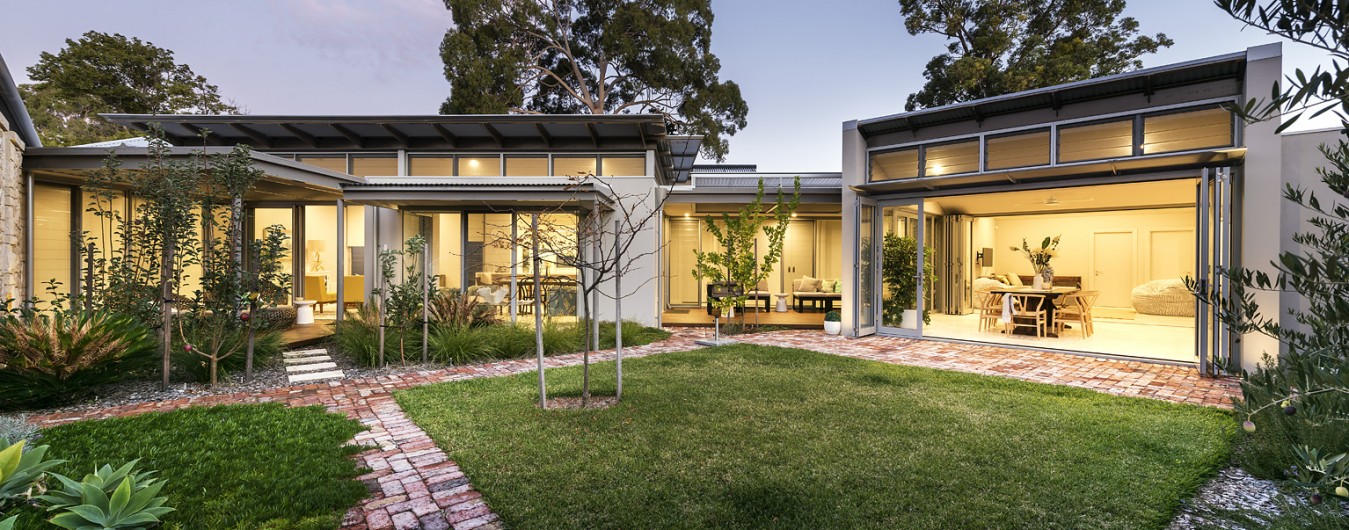
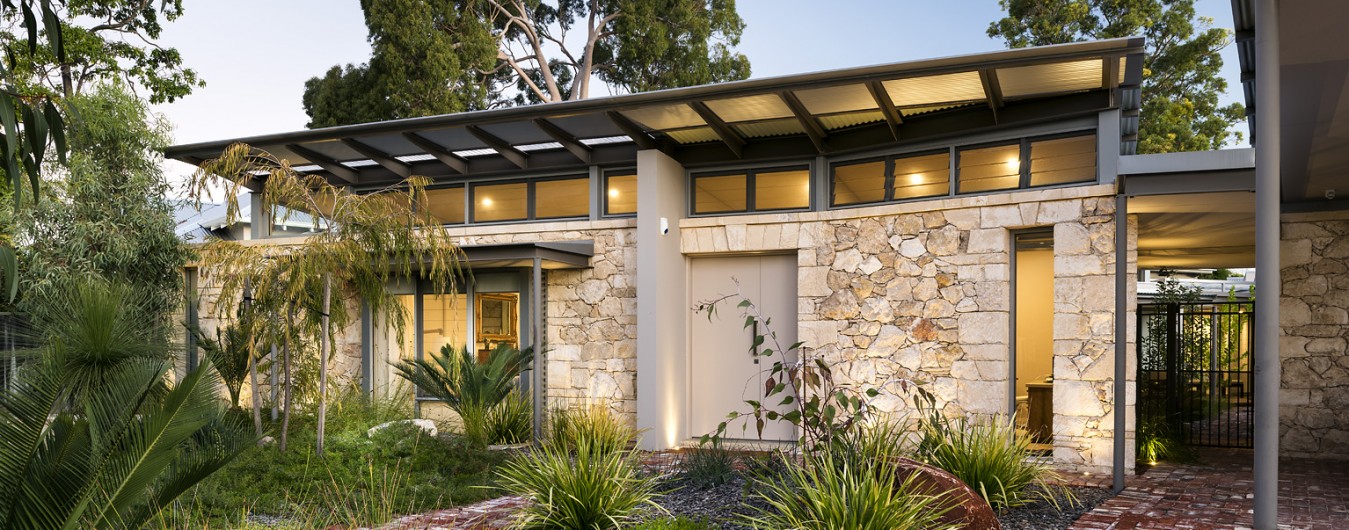
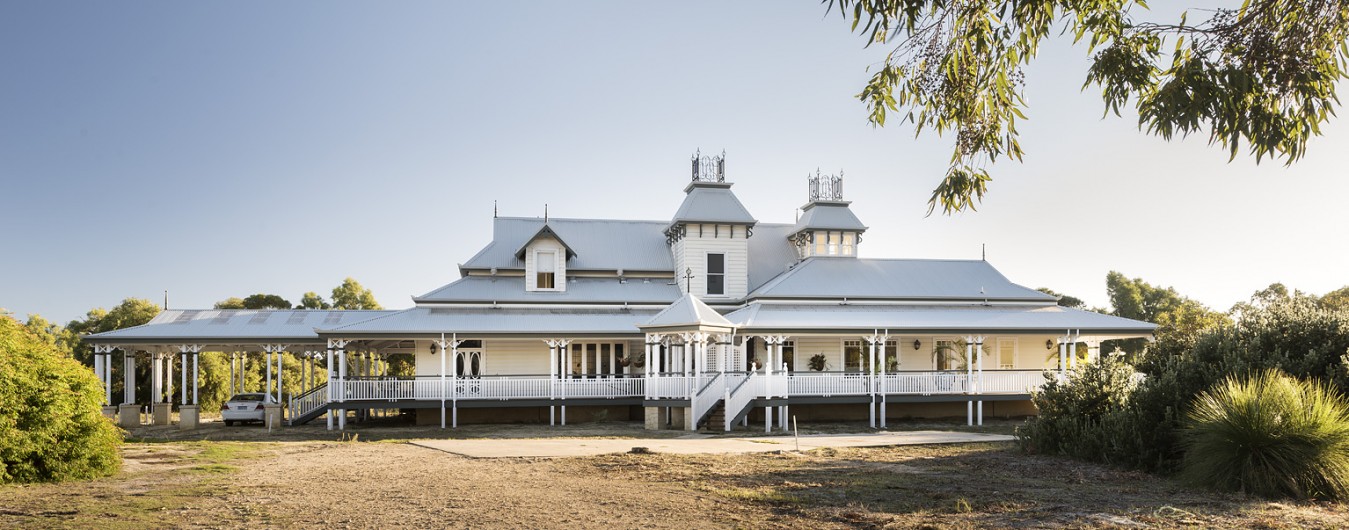
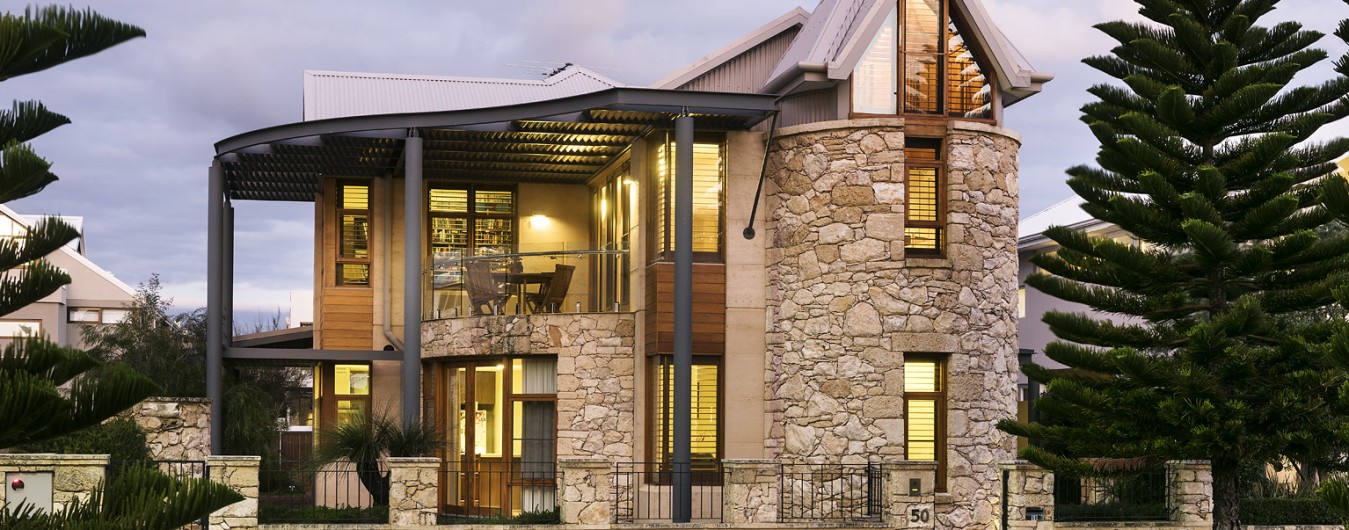


 The best papers, in our opinion, have been listed. This is our opinion, but we are interested in what the solar experts think and any comments are welcome. If we have overlooked a paper or you disagree with our assessment please feel free to offer your opinion. If bona fide it will be published.
The best papers, in our opinion, have been listed. This is our opinion, but we are interested in what the solar experts think and any comments are welcome. If we have overlooked a paper or you disagree with our assessment please feel free to offer your opinion. If bona fide it will be published.